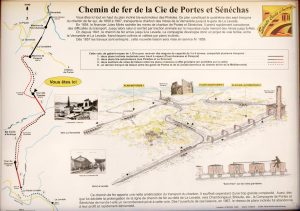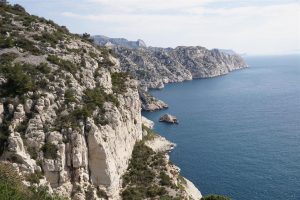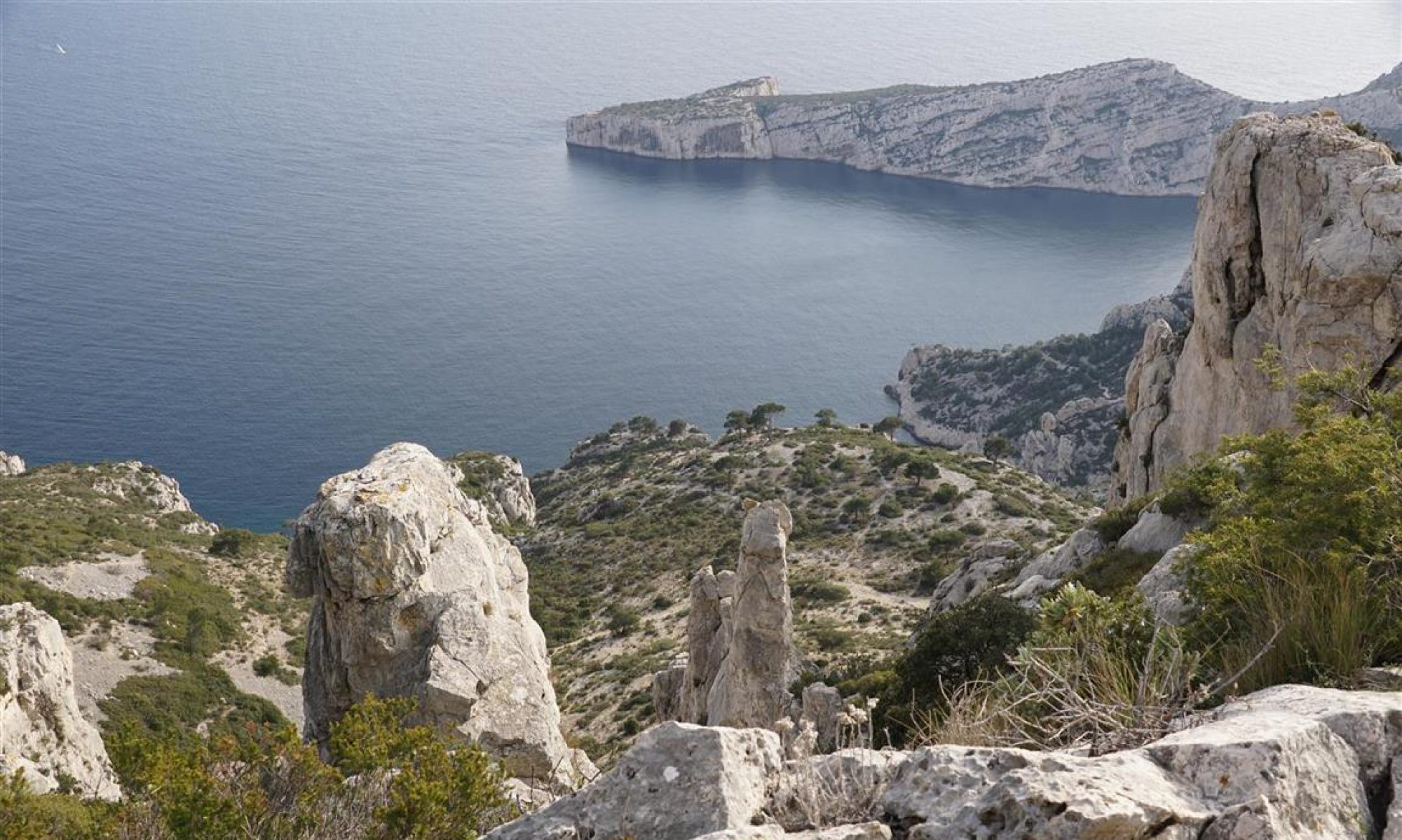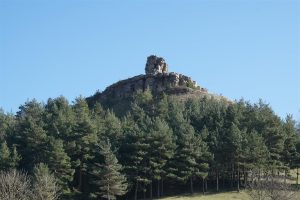Barre-des-Cévennes sits under a rocky outcrop (possibly the origin of the name) on the major drainage divide between the Mediteranean and the Atlantic. At the start of the walk, on leaving the village, the Atlantic waters are on the right where the Malzac stream is visible in the picturesque valley below. On the left, but less visible far below, are the headwaters of one of the Gardon river branches in the Vallée Française. This walk clings to the side of the Can Noire plateau before reaching the Col des Faisses and then runs parallel to the old royal highway now known as the “Corniche des Cévennes”. About one kilometre further on, views over the Tarnon valley to the imposing cliff faces of Causse Méjan start to appear.
Continue reading “From Barre to Col du Rey”Exploring the “plans inclinés”

Just north-west of Alès, these five different walking routes explore the ruins and visible remains of the “plans inclinés”, a nineteenth century mountain rail transport system built to move coal from the remote Broussous valley to a railhead in La Levade. The network was operated between 1859 and 1867, just 8 short years before being abandoned (and then swiftly dismantled) in favour of conventional rail transport. (read about the system here.) The area covered by these walks includes the Broussos valley, the mountain pass at Portes, the Pereyrols ridge above La Vernarède, the Pinèdes valley and the Luminières valley.
Continue reading “Exploring the “plans inclinés””
Graveyard sheet steel

In the mining industry, sheet steel was readily available, but marble gravestones would have been costly for modest families. As a result, many cemeteries (eg. those in Portes and in La Vernarède) contain small sheet steel structures standing over family burial plots. These structures were called “cabistous”. Some were very finely decorated, while others remained simple and basic. Many have been abandoned by the families who have no doubt left the mining area to seek fortunes elsewhere.
Continue reading “Graveyard sheet steel”
The Calanques of Marseille

In south central France, everyone has heard of the “Calanques”, a zone of low but craggy white limestone peaks, arid valleys and narrow sea inlets between Marseille and Cassis. Calanque refers to a particular type of narrow inlet or cove – typically deeply indented into the coastline. In 2012 a national park was created here covering an area of land and sea. The Calanques area is frequented by many different users including divers, climbers, and hikers. For hikers, a waymarked trail runs more or less parallel to the coast all the way between Cassis and the southern end of Marseille. The trail is a stretch for a single day walk (22 km and about 2000 m cumulative climb) but easy to complete in 2 days so you usually need an overnight stay near one of the trail heads and an arrangement to be picked up at the chosen endpoint. Continue reading “The Calanques of Marseille”

